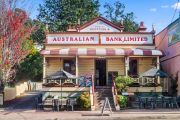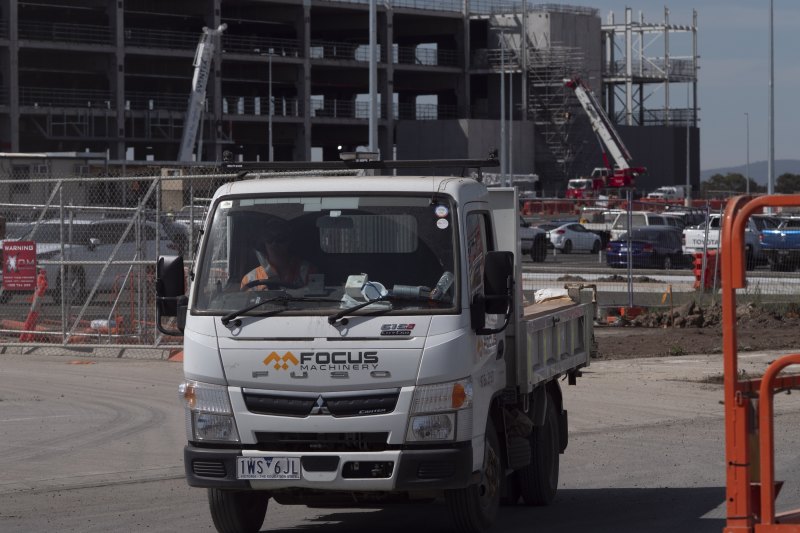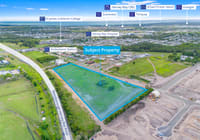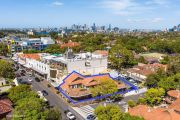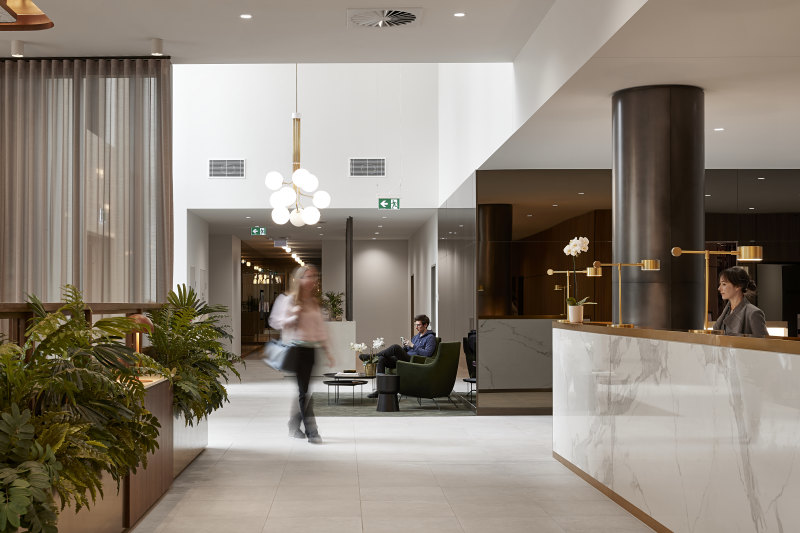
Safe and steady returns a winning formula for build-to-rent
Build-to-rent developments are delivering yields of 4 per cent or more, but may be prized even more highly due to the low volatility in their returns and capacity to generate inflation-beating incomes, experts say.
A surge in foreign investment – spurred in part by more favourable tax settings – along with a crisis in housing supply and headwinds in the broader commercial property sector have combined to throw fresh attention onto the fast-growing BTR sector.

Around 23,000 BTR apartments are already operating, under construction or in planning, with forecasts for that tally to hit anywhere between 50,000 to 100,000 by the end of the decade. But because few if any developed BTR projects have been traded so far in the Australian market, the total return for such assets is yet to be established with certainty.
One of the few benchmarks available comes courtesy of ASX-listed Mirvac, one of the pioneers in the sector locally, which has assessed its growing BTR portfolio with a capitalisation rate – akin to an investment yield – at a little above 4 per cent.
With the local sector still in its infancy, Ben Martin-Henry, head of real assets research at MSCI’s Pacific business, said comparison with the US and UK markets could be helpful. In both those markets, the BTR sector –known as multifamily in the US – exhibits lower volatility while maintaining solid returns, according to an MSCI analysis.
“In the US, the multifamily sector ranks as the second-best performer as well as being the least volatile. Similarly, in the UK, although the BTR sector only surpasses retail in terms of overall returns, it significantly outperforms all sectors in terms of volatility,” Mr Martin-Henry said.
“Similar outcomes could be anticipated for the Australian BTR sector,” he said. “Moreover, when considering the current state of Australia’s private residential rental market, characterised by low national vacancy rates hovering around 1 per cent, surging rents, and persistent undersupply, the demand for BTR units is expected to be very robust.”
Despite its status as an emerging asset class, the stability of residential returns in BTR contrasts with ructions across the commercial property sector, where higher interest rates are weighing on valuations. Values in the office sector, which faces the added challenge of weaker demand due in part to hybrid working arrangements, are being discounted.
Cap rates for the office portfolio held by Dexus, one of the country’s biggest commercial landlords, softened from 4.89 per cent to 5.21 per cent accompanied by a fall in book values last month.
“While office market yields have softened, we’re not expecting to see the same spread in returns or yields on BTR assets,” said Robert Papaleo, Colliers’ national director for build-to-rent.
“That is because the underlying real estate thesis and the basis of return is from residential rents and rent growth. Rents haven’t fallen. In fact, rents are increasing and there is a much greater confidence in achieving stronger rent growth into the foreseeable future. That is counter-balancing the higher cost of money.
“Relative to other asset classes, yields on BTR assets have remained firmer because rents have been growing and there is a strong basis for future rental escalation.”
EY’s Luke Mackintosh, a partner in strategy and transactions, says cap rates are running at around 4 per cent to 4.5 per cent and project internal rates of return in the 6.5 per cent to 7.25 per cent range for BTR developments.
“These are highly marginal investments and more akin to social infrastructure-type returns,” he said. “The type of investors who invest in these assets are categorised as long-term ‘patient capital’, such as pension funds super funds and insurance companies. They are looking for annuity-style returns. These BTR assets are the toll roads and bridges for residential apartments.”
While rents for office and retail space are supported by incentives to tenants, rents in the broader residential sector do not require that support in the current market and are helping support valuations.
“While we are seeing a lot of pressure on valuations in commercial property, we are not seeing any pressure on valuations in the student accommodation sector and we are certainly not seeing it in the BTR sector. They are holding steady,” Mr Mackintosh said.
“We might even see a bit of a positive increase (in valuations) because of rental demand with long term CAGR trending higher over the next 10 years.
“We don’t think we’ll see any pressure [on values] in the living sector because it is proving to be a very resilient asset class. People always need somewhere to live, they always need accommodation. A two-bedder today will be a two-bedder in 40 years.”
Valuations in the BTR sector will soon be tested by a number of large portfolios up for grabs. Among them, Investa is looking to bring in institutional investment for a half stake in a $1.5 billion portfolio of three BTR assets it is developing with Canada’s Oxford Properties. As well, private equity player Blackstone will sound out buyers – CBRE and Savills are appointed – for its Realm developments in Brisbane and Melbourne.
The capacity to hedge against inflation, a key investment criterion in the current market, is also likely to weigh in favour of BTR assets, Economist Michael Dyer, from Oxford Economics Australia, said that historically, growth in observed residential rents has cycled in line with overall non-rent inflation. Their long-run average is above that of CPI.
“We expect this to hold moving forward, with the structural undersupply of housing providing upside,” he said. Mr Dyer noted national median unit rents rose an estimated 18 per cent in financial year 2023, and were forecast by Oxford to achieve 8.6 per cent growth in the current financial year.
“For commercial asset classes, this relationship isn’t as clear-cut,” he said.
”Demand for commercial floor space is more volatile than demand for residential floor space, moving in line with economic cycles. These cycles are themselves in tune with interest rate movements.
“As such, for traditional commercial assets there is currently more downside.”

